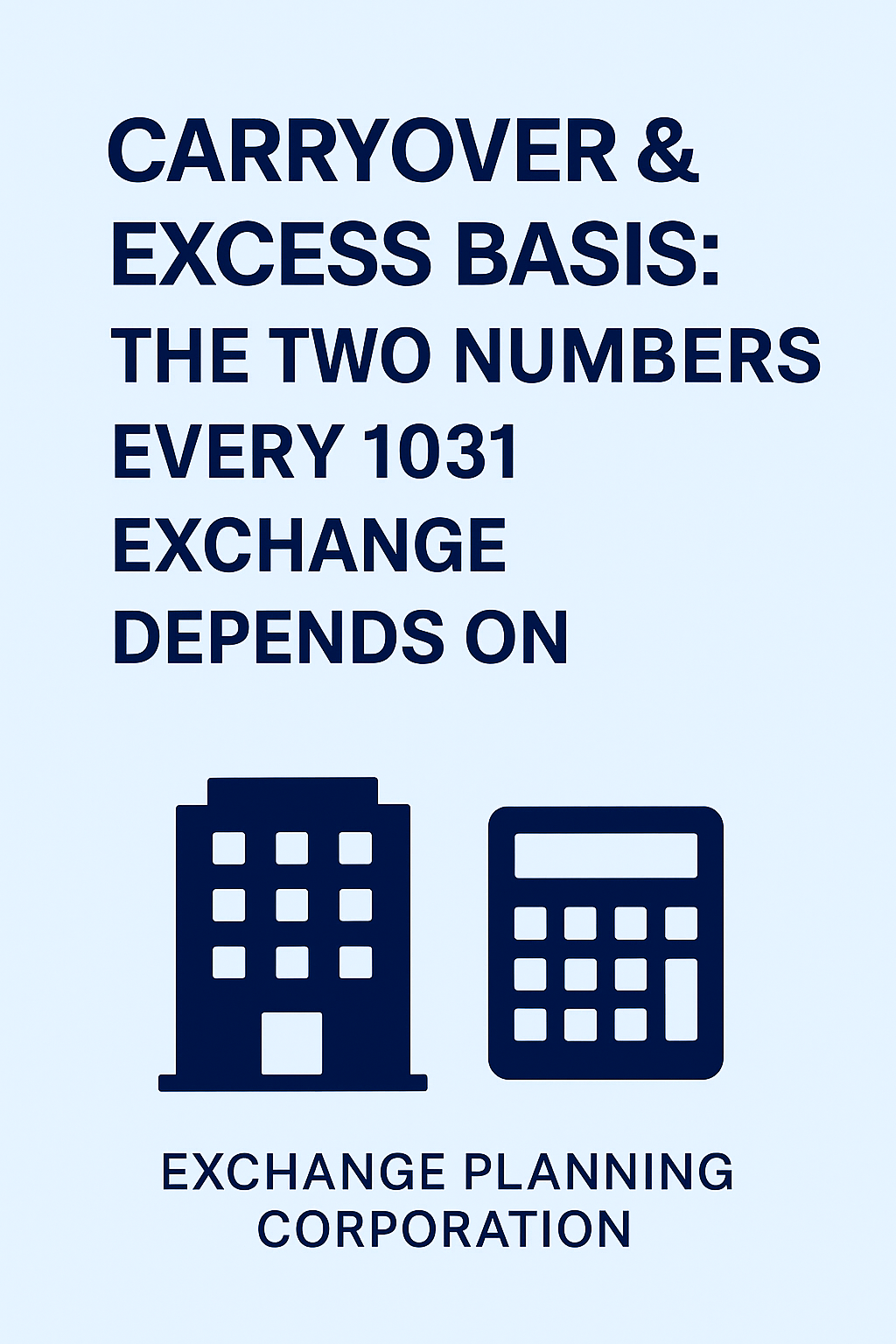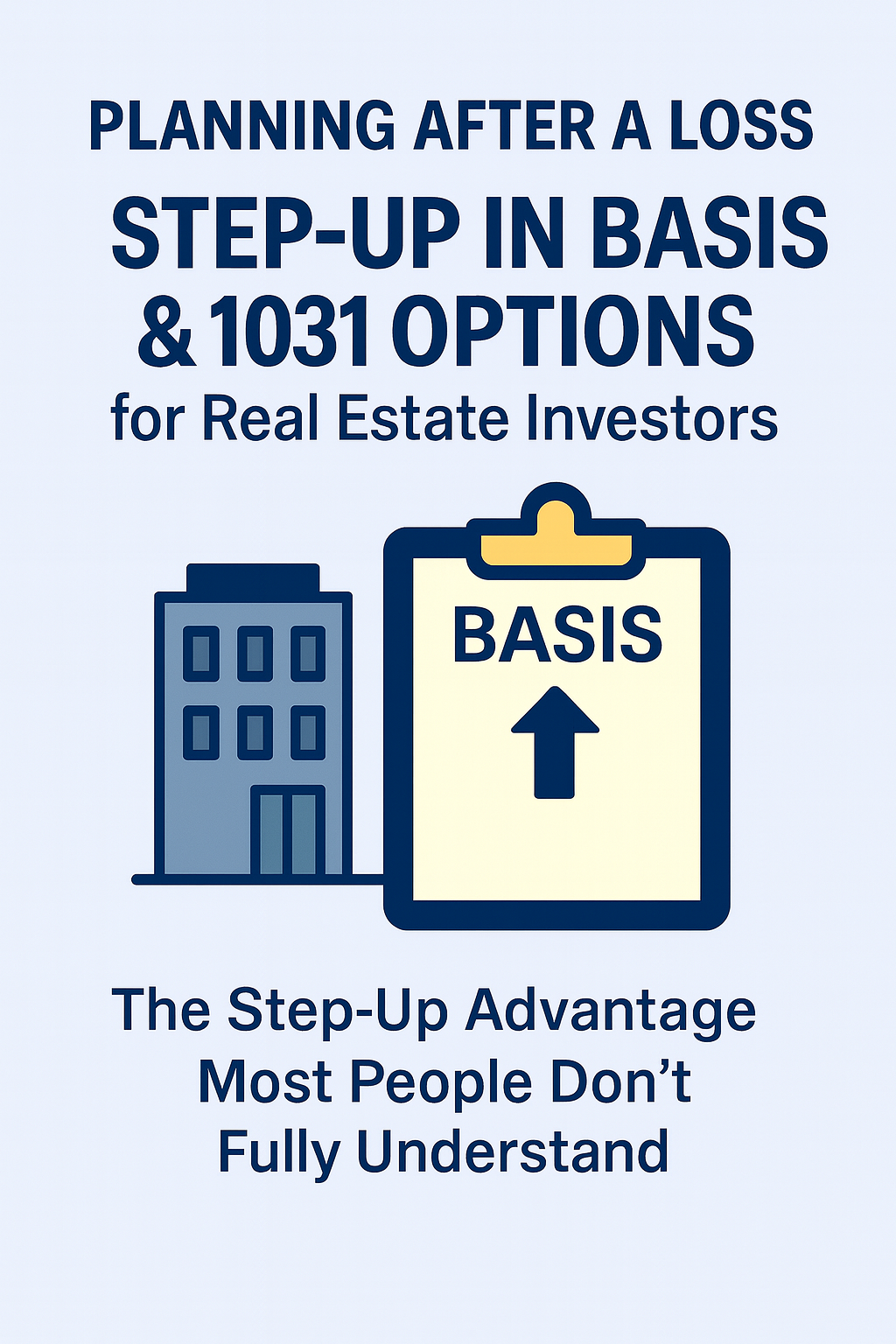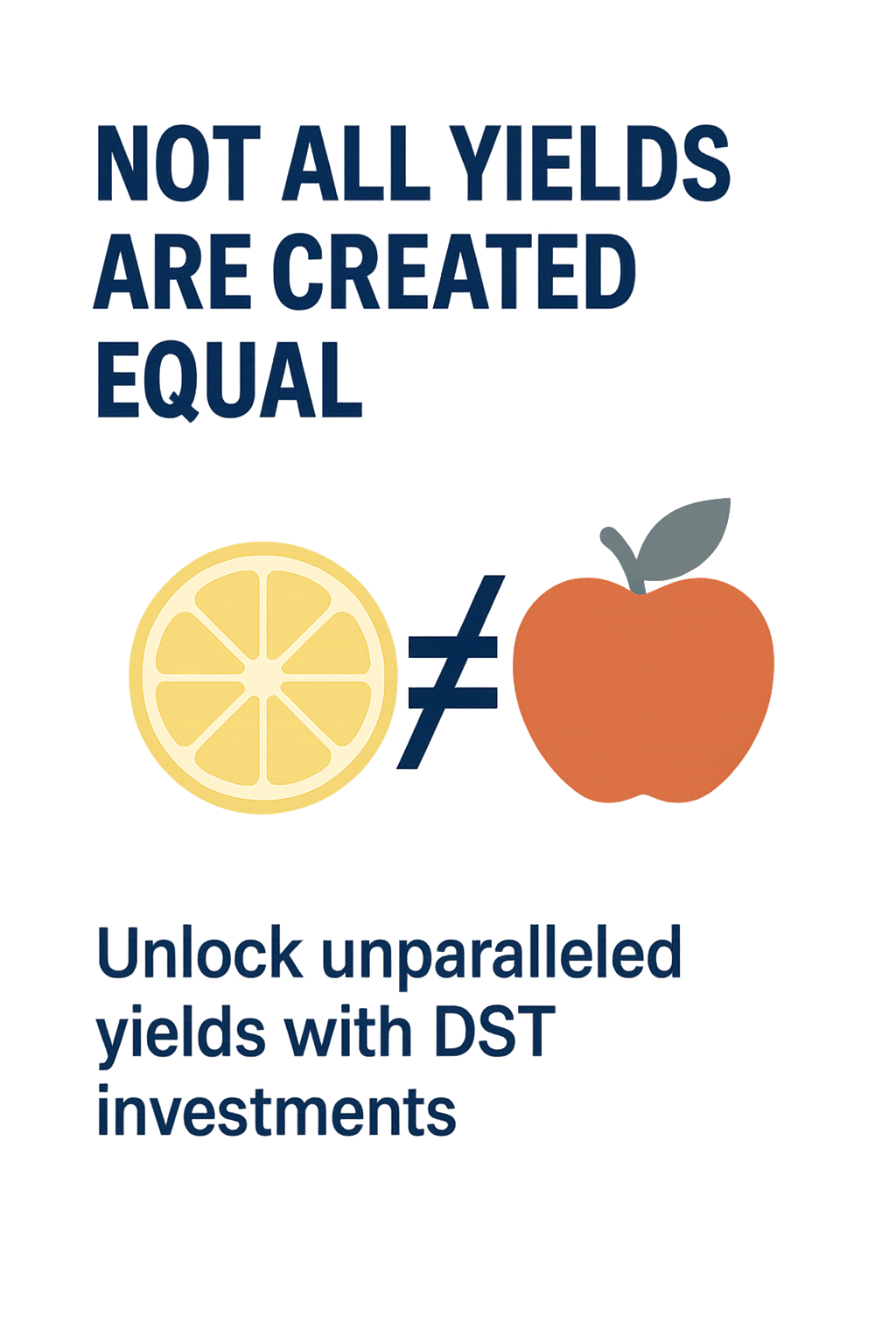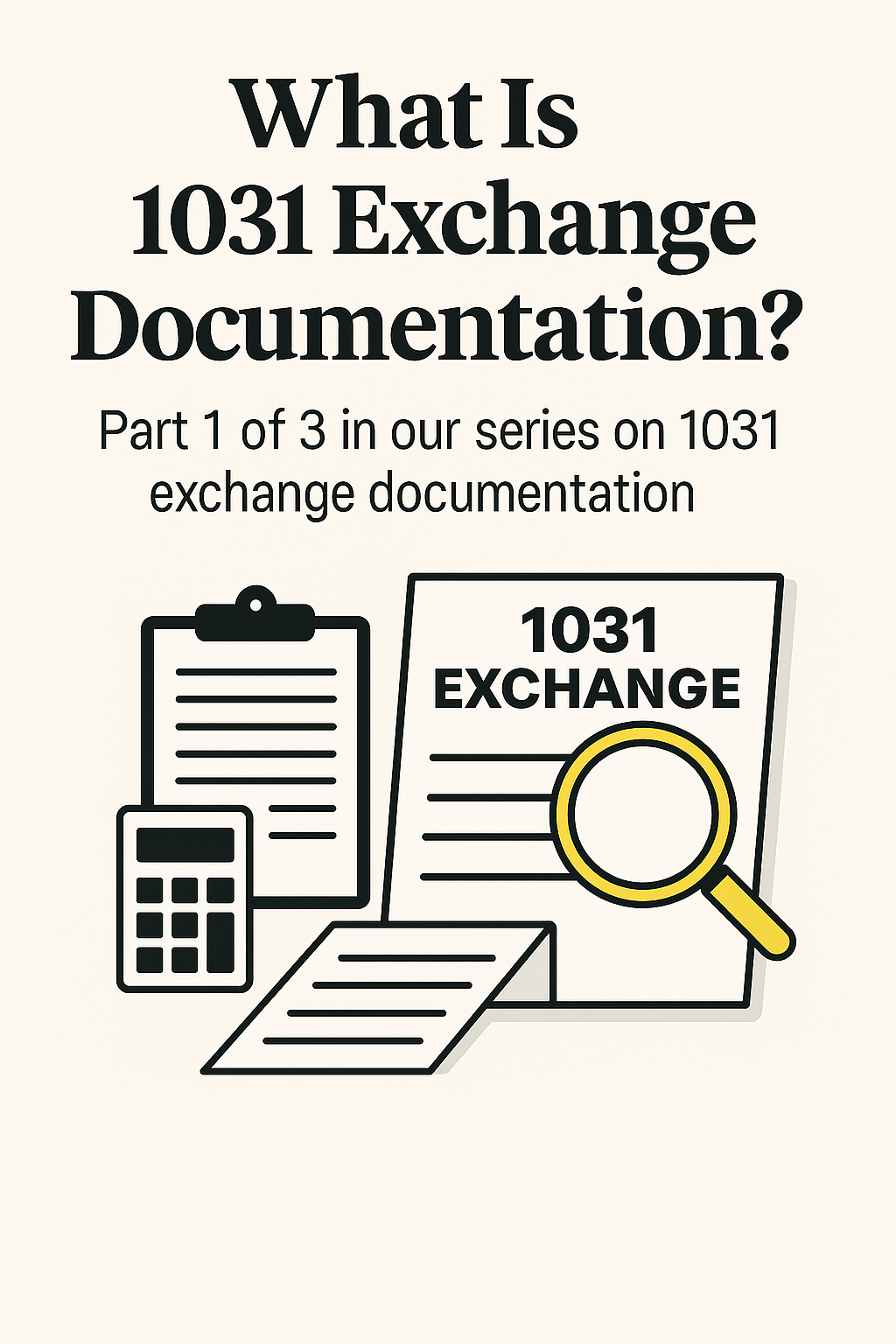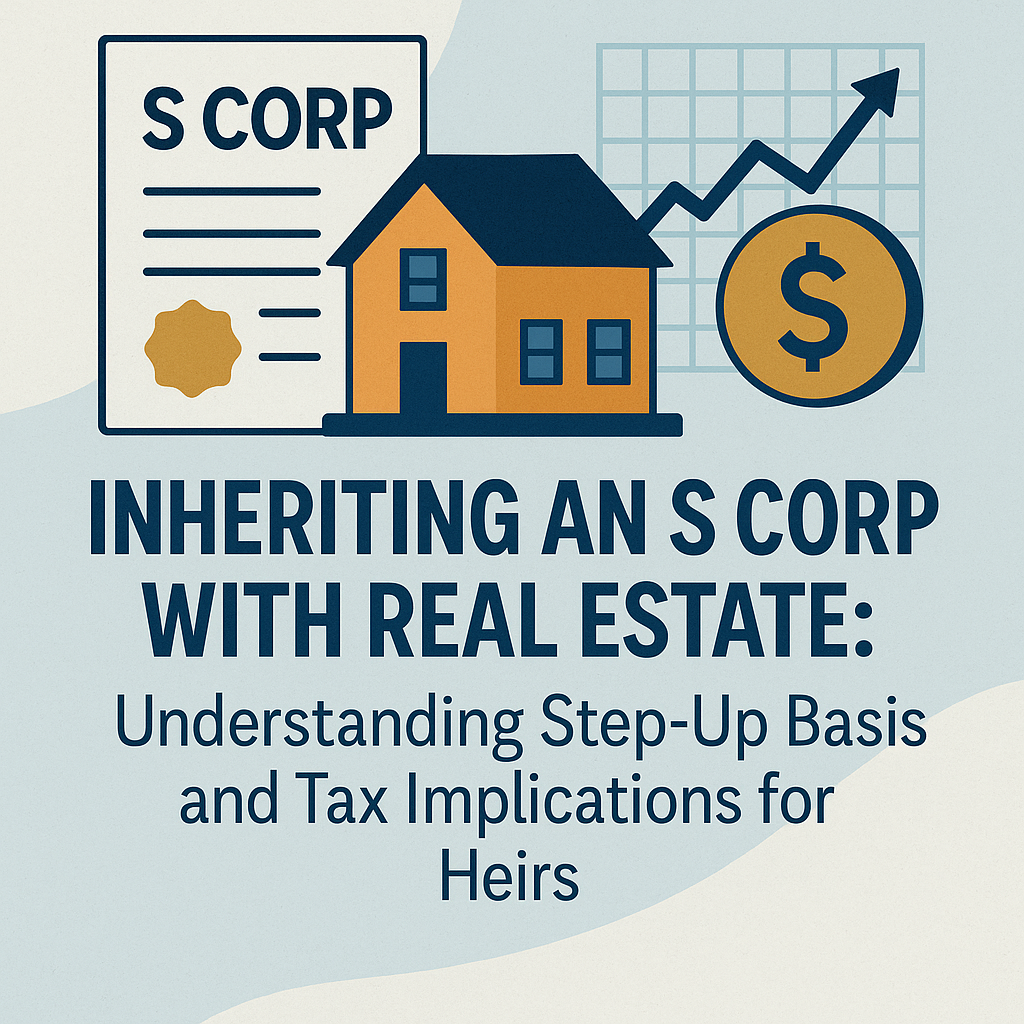A Conversation That Highlighted the Need
Recently on a Zoom call, someone asked us: “What is carryover basis?”
The next question: “What is excess basis?”
If these questions had come from a real estate investor, we wouldn’t have been surprised. But in this case, we were really surprised.
We were talking with two partners and four other employees of a CPA firm that is rated in the top 100 of CPA firms, by revenue, in the country.
A Reminder About Specialized Knowledge
Looking back, we probably shouldn’t have been so surprised. Our ongoing research shows that 1031 exchange reporting simply isn’t covered adequately in most tax professional training programs—even at prestigious firms.
In this meeting, we were expecting to dive into some complex planning scenarios. Instead, we found ourselves covering fundamentals. And honestly, it was a good reminder that the problem isn’t individual tax professionals—it’s a gap in education across the entire industry.
If you’re not familiar with why these concepts are essential to proper 1031 exchange reporting, keep reading—because what happened on this call highlights an issue that affects real estate investors and tax pros alike.
What Is Carryover Basis in a 1031 Exchange?
Think of carryover basis as your tax starting point that moves with you from the old property to the new one.
Example: You bought a rental for $200,000 and later exchanged it for a property worth $500,000.
Your basis in the new property doesn’t reset to $500,000—it “carries over” from your old one at $200,000 (less any accumulated depreciation). That’s what defers your capital gains tax: you’re continuing with the old basis, not starting fresh. The deferred gain stays built in until you eventually sell (or do another exchange).
What Is Excess Basis in a 1031 Exchange?
Excess basis is the new money you add—cash or additional debt—when you trade up to a more expensive property.
Example: You exchange a property worth $500,000 (basis $200,000) for one worth $700,000, adding $200,000 of your own funds.
That $200,000 becomes excess basis, so your total basis is $400,000 ($200k carryover + $200k excess).
Bottom line: Carryover basis follows your old property; excess basis is what you newly invest. Both determine depreciation and future tax calculations.
When Clients Ask Questions, They’re Often Seeking Reassurance
Here’s something we’ve noticed in our work:
When real estate investors start asking their tax preparer detailed questions about 1031 exchanges, they’re often sensing uncertainty—and reaching out for reassurance that everything will be handled correctly.
It makes sense. These are big financial decisions. Investors want to know their tax professional is comfortable with the process. When they start asking you carryover basis, excess basis, boot, or qualified intermediaries, you have to wonder if the tax professional will be able to report the exchange correctly? The answer is probably not.
And here’s the thing: there’s nothing wrong with a tax professional saying “This requires specialized expertise, and I want to make sure we get it right.” That’s actually the responsible approach.
Why This Knowledge Gap Exists
The truth is that 1031 exchange education is limited across the profession, and it’s not anyone’s fault:
- Standard tax education (for CPAs, EAs, and tax professionals) touches on exchanges briefly, if at all
- Continuing education courses on exchanges are specialized and optional
- Complex rules under IRC Section 1031 require dedicated study
- It’s a specialized niche within an already complex field
Tax professionals handle hundreds of different tax scenarios. Nobody can be an expert in everything. Partners at top-100 firms are brilliant at what they specialize in—but 1031 exchanges is just not be their focus area.
This isn’t about competence. It’s simply about specialization. And 1031 exchanges are specialized enough that they require focused expertise.
Why Carryover Basis and Excess Basis Matter So Much
Getting these calculations wrong has serious consequences for investors:
- IRS audits, penalties, and interest from under reporting gain
- Lost depreciation deductions from incorrectly calculated basis
- Complications in subsequent exchanges due to flawed basis records
The Exchange Planning Corporation Mission
This is exactly why Exchange Planning Corporation exists: to help real estate investors and their tax professionals use 1031 exchanges to maximize the tax savings from their exchange.
Whether you’re a tax professional who just realized you need more training, or a real estate investor who suspects your tax professional needs support, specialized education and expertise make all the difference.
Tax Pros at All Levels Can Benefit From Exchange Education
That Zoom call reminded us why our work matters. When experienced professionals at a top-tier firm are asking foundational questions about carryover basis, it shows that quality 1031 exchange education is needed at every level of the profession.
The goal isn’t to point fingers—it’s to bridge the gap. Tax professionals who recognize they need support in this area are actually the smart ones. They’re protecting their clients and their practice by seeking specialized knowledge.
If you’re handling 1031 exchanges for clients, or planning one for yourself, make sure your team has the training and resources needed. Because getting these fundamentals right makes all the difference in maximizing tax benefits while staying compliant.That’s what we’re here for.
Frequently Asked Questions About Carryover Basis and Excess Basis in 1031 Exchanges
What is carryover basis in a 1031 exchange and why does it matter?
Carryover basis (or substituted basis) is the adjusted basis from your relinquished property that transfers to your replacement property in a like-kind exchange. It matters because this is how 1031 exchanges defer—rather than eliminate—capital gains tax. Your basis carries over instead of resetting to the purchase price of the new property, which affects your depreciation and future gain calculations.
What is excess basis in a 1031 exchange?
Excess basis is the additional basis you create when you invest more money into your replacement property than the fair market value of the property you’re exchanging. For example, if you exchange a $500,000 property for a $700,000 property, the extra $200,000 you invest becomes excess basis, which is added to your carryover basis.
How do you calculate total basis in a 1031 exchange replacement property?
Total basis in your replacement property equals your carryover basis (adjusted basis from the relinquished property) plus any excess basis.
What happens if my tax pro doesn’t understand carryover basis?
If your tax pro doesn’t understand carryover basis, they cannot correctly report your 1031 exchange. This can lead to incorrect basis calculations, improper depreciation schedules, overpaying or underpaying capital gains tax in the future. It’s a fundamental concept that’s essential to exchange reporting.


